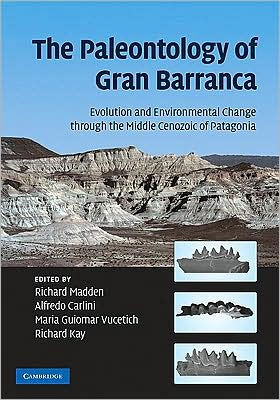5
1
9780521872416



The Paleontology of Gran Barranca: Evolution and Environmental Change through the Middle Cenozoic of Patagonia available in Hardcover, Paperback

The Paleontology of Gran Barranca: Evolution and Environmental Change through the Middle Cenozoic of Patagonia
- ISBN-10:
- 0521872413
- ISBN-13:
- 9780521872416
- Pub. Date:
- 06/17/2010
- Publisher:
- Cambridge University Press
- ISBN-10:
- 0521872413
- ISBN-13:
- 9780521872416
- Pub. Date:
- 06/17/2010
- Publisher:
- Cambridge University Press

The Paleontology of Gran Barranca: Evolution and Environmental Change through the Middle Cenozoic of Patagonia
$114.0
Current price is , Original price is $114.0. You
114.0
In Stock

Product Details
| ISBN-13: | 9780521872416 |
|---|---|
| Publisher: | Cambridge University Press |
| Publication date: | 06/17/2010 |
| Edition description: | New Edition |
| Pages: | 458 |
| Product dimensions: | 9.00(w) x 10.90(h) x 1.00(d) |
About the Author
From the B&N Reads Blog
